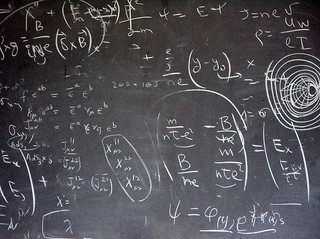Physics students win Warwick and XMaS competition
14 girls studying AS physics won an all-expenses paid trip to Grenoble, France, in a competition managed by Warwick University and the XMaS (X-ray Materials Scattering) project.
The competition required female physics students to write a two-page essay about Nobel-prize winning biochemist Dorothy Hodgkin, who is widely credited with the discovery of protein crystallography.
The winners were chosen from Cardinal Newman Preston, King Edward VI College Nuneaton, King Edward VI Sheldon Heath Academy, King Henry VIII School, Rugby High School for Girls and West Coventry Sixth Form.
The four-day trip will see the students meet with scientists working at the European Synchrotron Radiation Facility, along with others working on the XMaS project so as to give them an insight into working as an international scientist.
The XMaS project is a beamline (when a beam of X-ray light is guided through a set of lenses and instruments), jointly created by the University of Warwick and the University of Liverpool to allow UK scientists to have direct access to the powerful ESRF X-ray synchrotron.
ESRF stands for The European Synchrotron Radiation Facility, and is the most powerful synchrotron radiation source in Europe, with a synchrotron being a stadium-sized machine that produces the bright X-ray light.
The competition aimed to nurture young women’s enthusiasm for science: for over 25 years, only around 20 percent of students studying A-level physics have been girls, according to the Institute of Physics. This is in spite of roughly equal success between the genders at GCSE science.
A team of experts from the Physics department at Warwick were charged with judging the entries.
One of the competition winners, Chloe Tomes, used her essay to describe how Hodgkin impacted her work ethic:
“The progress Dorothy Hodgkin made and the rewards she received as a result are a prime example of how hard work and dedication do pay off. Her resilience and perseverance should be an inspiration not only to aspiring scientists, but to any passionate person who has a strong will to succeed.
‘She is a person that young people should strive to be like, an example for them to follow… Dorothy Hodgkin is a figure I aspire to imitate. Researching her has re-inforced the idea that I can achieve great things in science if I persevere, and that I shouldn’t let perceptions and stereotypes of women in science prevent me from fulfilling my potential. Perhaps one day I’ll leave a legacy as great as hers”.

Comments